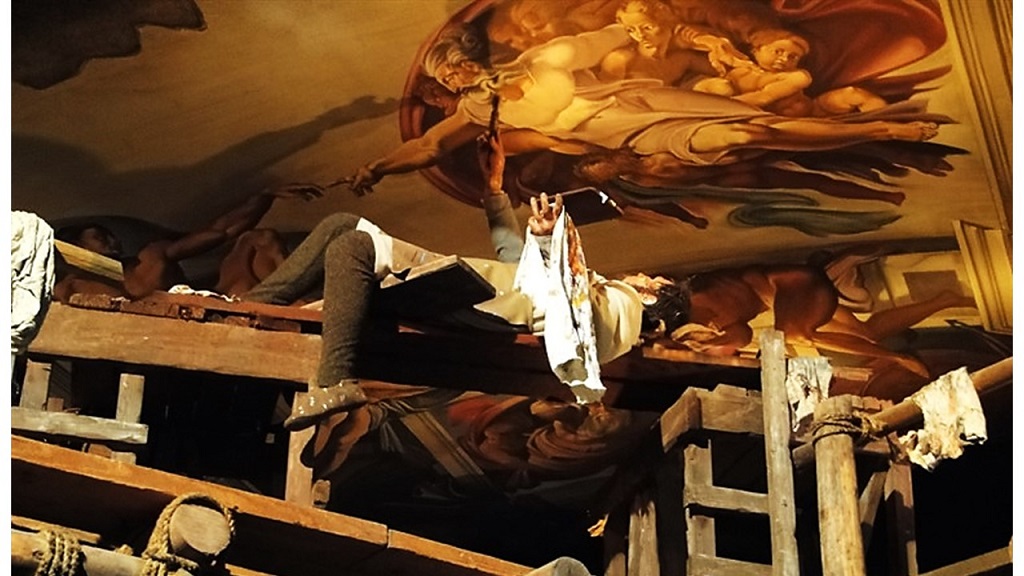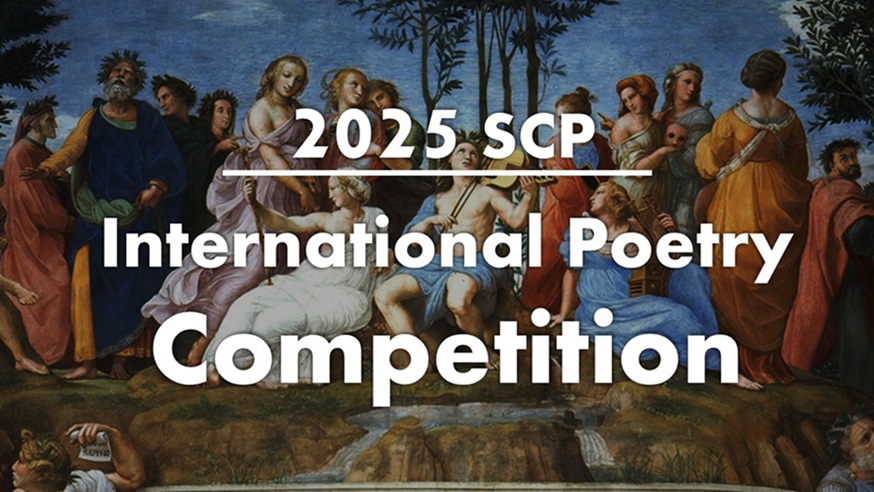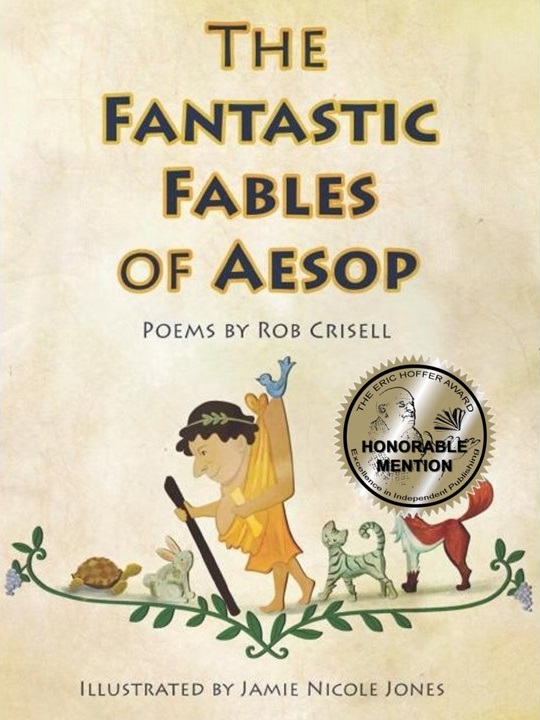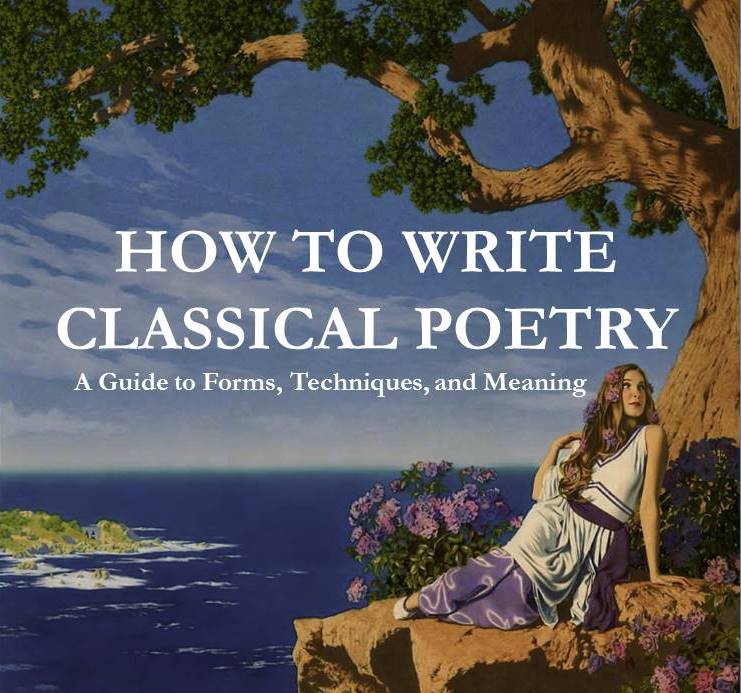.
The Agony and The Ecstasy
I beg among the lonely hours
__oblivious to time and space
and pace beneath the Sistine towers
__where pigments paint my puzzled face.
Why call me to divine commission,
as if I am the King’s magician,
to turn blank skies to holy vision;
__oblivious to time and space?
I flee to hills of alabaster,
__where ancient gods sleep in soft stone;
there gaze at dawn from fields of aster,
__in sunlit clouds, behold a throne!
Benign, God glows in grace and glory,
his finger tracing allegory,
on clear blue skies creation’s story
__His vision of the towers shone.
With passion’s pulse I paint the towers
__as form and color mold blank sky;
a tempest tethered endless hours
__to paint the vision or to die.
Though my flesh and bones are aching,
for beauty’s cause the world forsaking,
for splendor by His love creating
__and as I paint I sing and cry.
.
.















Absolutely beautiful. Thank you for sharing.
Thank you very much jd, I appreciate your comment.
A unique topic. Memorable and well-written.
Thanks for the read, Gail.
Thank you for your kind comment Paul.
The artist’s perspective. Beautiful!
Thank you Tonia, artists indeed have unique perspectives.
Your vision of sublime strain is expressed in well chosen words that are shaped in a well crafted structure. And it reads without a hitch in the form’s rhyme and rhythm.
Thank you very much for your kind and poignant comments Margaret. I thank Swinburne for the form.
What a well-ordered concatenation of sparkling images!
It’s a pleasure that you found the imagery “sparkling”. Thank you for commenting C.B.
I agree with the above comments; this is just beautiful. Your meter, rhyme scheme, and alliteration work together with the imagery to express the amazing act of painting the Sistine ceiling.
Thank you very much Cynthia. And the Sistene chapel, that piece of beautiful architectural and visual art still stands today as an added monument to classic art.
This piece flows beautifully, and incorporates both the painter’s devotion to his art, and scenic detail. Well done!
Thank you very much David, I am sincerely appreciative of your kind comments.
We have here a superb use of form.
I do wonder to my self, whilst admiring the structure, if the
Poetess was influenced in the use of this form by her reading of A.C. Swinburne, or perhaps more pertinently Christina Rossetti.
The choice of diction that is held together so terrific by the form has an elegant Rossettian air.
Cheers.
Bless you, it’s Swinburne’s inspiration, and a labor of love. Thank you D.G
Gail, I love this poem. Not only have you used Swinburne’s form to wonderful effect your carefully chosen words flow melodiously and beautifully, all serving to create some magnificent images. This lovely poem is a pleasure to read.
Hello Susan: I am new to the site, and getting a bit lost, but it seems I can’t comment again, and don’t know another place to find you.